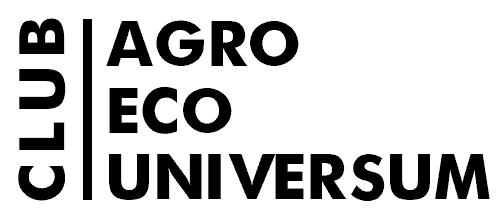Sugar palm cultivation on agricultural lands in Indonesia saves soils, water and money

The cultivation of sugar palm trees on agricultural lands demonstrates a set of benefits, the main of which is economic and ecological
Many sectors of modern agriculture have added value in the context of the green economy doctrine. The idea is to use those cultures, approaches and processing methods that allow you to kill two birds with one stone: not only get a quality crop, but also take care of the environment. Thus, an assessment of the feasibility of such activities should include both potential environmental benefits and possible negative environmental consequences.
One of the household agro-industries that have been run for a long time by the people in Southeast Sulawesi, Indonesia, is palm sugar agroindustry. An added benefit in palm sugar industry is that the palm trees producing sap to make palm sugar have ecological values. The existence of these plants can absorb carbon emissions and supports land and water conservation. Entirely, the palm trees are ideal for land and water conservation and easily propagated by seeds. The number of seeds produced by each of the palm trees is very much, easy to spread naturally to the difficult terrain, resistant to disease and drought, able to hold soil particles, able to protect top soil from exposure to rainwater, can add organic matter and lived relatively long.
Besides a role in land conservation, the presence of palm population in the mountain region is also very important for water conservation. Soil organic matters that are added by palm population can serve to absorb and hold rainwater in a longer period of time. The deep and widespread roots of palm trees can allow rainwater to seep into deeper soil layers and stuck there for a long time. Palm tree canopy causes slow movement of rain water on the soil surface so that it takes longer to sink into the soil, stored in the pores of the soil, and water does not flow on the surface of ground.
The analysis is a method to calculate the feasibility of an industry based on a cost-benefit analysis considering financial, economic and environmental dimensions. A financial cost-benefit analysis is the ratio of direct value and direct cost at the palm sugar producers in using actual (market) prices. Direct use values are the total output values derived from cash receipts, i.e. the results of palm sugar sale and non-cash receipts such as the value of unsold palm sugar and palm sap.
An economic cost-benefit analysis is the ratio of direct value and direct cost in view of local community as a whole by taking into account the tradable goods and non-tradable goods) using a shadow price or so-called Social Benefit-Cost Ratio. Direct costs are the total input values derived from cash outlay (investment costs) and variable costs, equipment that can be used in a period of more than one year (machetes, stoves, pans, mixers, jerry cans, filters, moulds, and shell spoon), firewood, and labors.
Environmental cost-benefit analysis is a comparison between direct and indirect use values as well as direct and indirect costs or so-called as the Extended Benefit Cost Ratio (EnBCR). The benefits of carbon storage were calculated based on the values of carbon that can be absorbed by the palm trees. The value of soil and water conservation was calculated using the Indonesian forest ecological value approach.
Based on mathematical modelling and statistical tests (they are detailed in the full version of the article by the link at the end), it was found that Financial Benefit/Cost Ratio of palm sugar Indonesian industry produced a value of 1.63, indicating that each cost unit spent for the palm sugar domestic industry will benefit a value of 1.63 units. The calculation of Economic Benefit-Cost Ratio of palm sugar domestic industry resulted in a value of 8.69, and Calculation of the Net Environment Benefit-Cost Ratio of palm sugar domestic industry produced a value of 9.95.

The Economic, Financial and Environmental Feasibility ratio of Palm sugar industry
Based on the results of the study, it can be concluded that the palm sugar domestic industry was financially, economically, and environmentally feasible. The existence of palm plants gives great economic and environmental benefits, so that the cultivation of palm tree needs to be done to ensure the availability of palm sugar raw materials and provide environmental benefits in favour of soil and water conservation, carbon absorption, flood protection, and water transportation.
In conclusion, we would like to note that, like any other human activity, the cultivation of sugar palm trees should not occur due to the destruction of natural landscapes. We emphasize that we propose cultivating palm trees on the lands of those already affected and, to one degree or another, degraded by other types of agricultural activity. Rainforests must be preserved in their natural state, because despite the lack of direct economic benefits, they are priceless from an environmental point of view.
Full Text:
